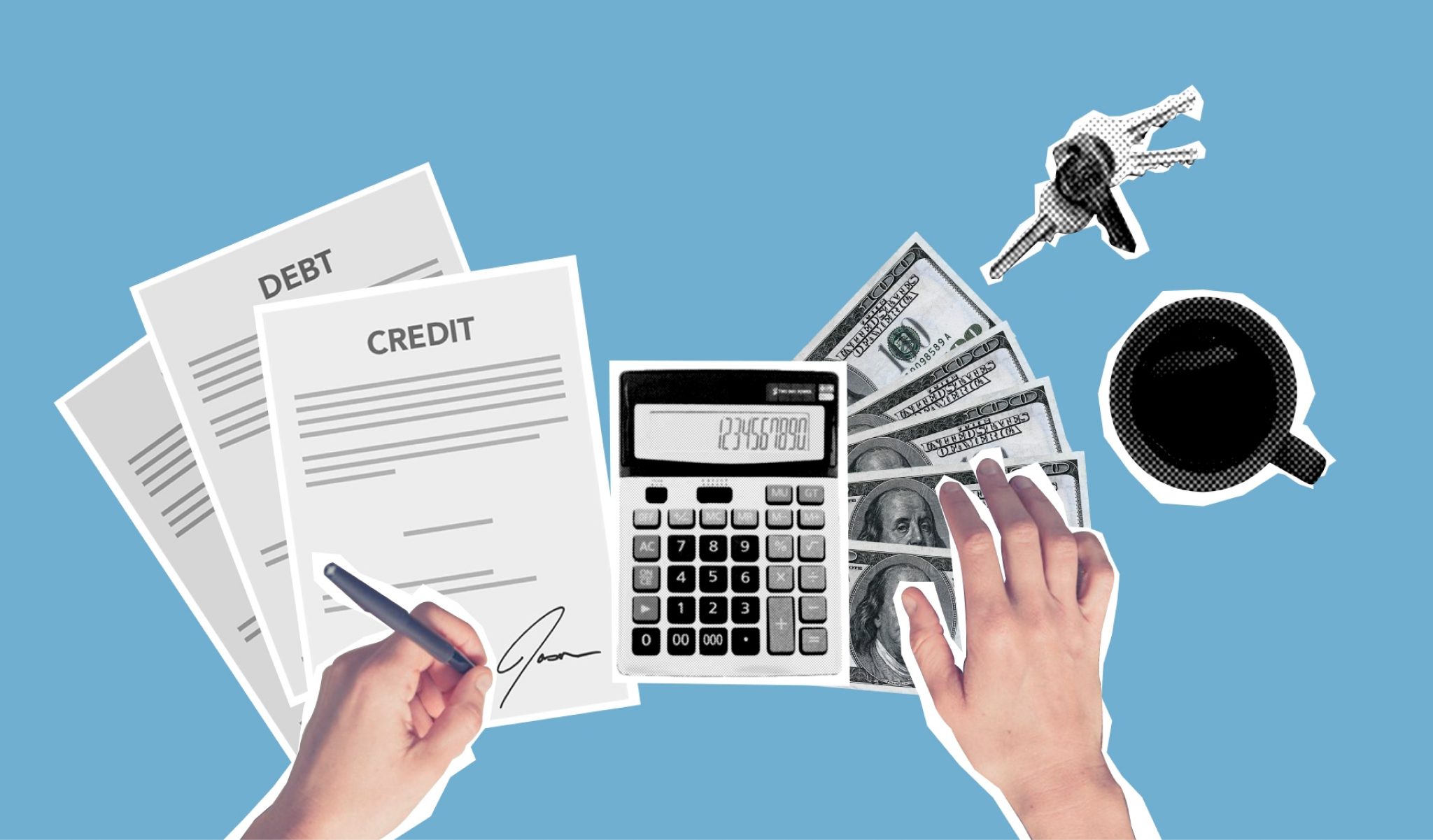
In the previous article, we discussed calculating the ROI on your property when there is no debt attached. This is a perfectly acceptable way to do things and is very low risk. However, it’s an oversimplification and not a standard practice.
Realistically, when most people look to buy property, they will be using debt. Whether the debt is financed through a traditional lender like a bank, a private lender or a HELOC, in all of those cases, buyers will have a mortgage to pay down. The advantage of that, is that you don’t need to have the full purchase price in cash upfront. This means that your return on investment should be calculated on the cash you are actually putting in – which is called your Cash-on-Cash Return.
But before we can work on this metric, we need to learn how to calculate Net Operating Income (NOI) to find out how much cash our property is actually earning us.
Net Operating Income
Calculating the NOI of a rental property is straightforward. It is the total income from rent, minus the expenses of the property. We’ll need to factor in vacancy as an expense as well.
For example, let’s assume we have a property that rents for $1,000 per month, is vacant 10% of the time, and has $200 worth of other expenses. The NOI of this property would be $700 per month or $8,400 per year.
$1,000 – $100 (Vacancy) – $200 (Other Expenses) = $700 (Monthly Income) * 12 = $8,400 (Yearly Income)
If we are calculating a Cash-on-Cash Return, we need to include the mortgage interest as an expense for the NOI.
Cash-on-Cash Return
This metric calculates the return on investment when using debt to finance your property. We only consider the amount of actual money put into the property, not the total value of the property. The kind of debt used to finance the property can greatly affect this number.
Cash on Cash Return == Net Operating Income / Cash Invested * 100
As an example, if we purchased the property for $100,000, used a 20% down payment, and had $5,000 in closing costs and one-time expenses, and used a 25-year mortgage at a 5% interest rate, our Cash-on-Cash return would look like this:
NOI == $1,000 (Rent) – $100 (Vacancy) – $200 (Other Expenses) – $330 (Mortgage Interest)
== $370 * 12
== $4,440 (Yearly)
Cash Invested == $20,000 (Down Payment) + $5,000 (Closing Costs / Expenses)
== $25,000
Cash-on-Cash Return == $4,440 (NOI) / $25,000 (Cash Invested) * 100
== 17.8%
If you were to pay all cash on this property, your return on investment would only be 8.4%.
Summary
The above example shows how to calculate the Cash-on-Cash return of a property and how powerful leveraging debt can be in increasing the return on your money! We have a Performance Calculator in the Streamline portal, and you can find this under your account ‘Tools’ menu. Use this calculator to play around with different investment ideas and save your calculations for easy comparison.

